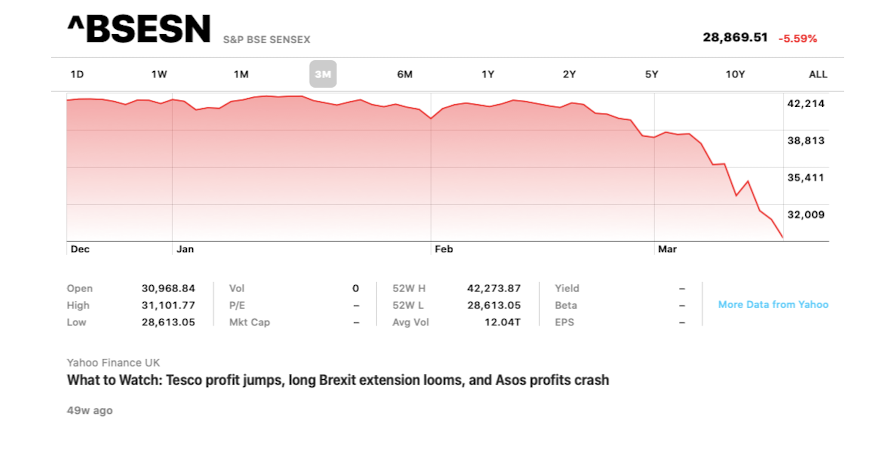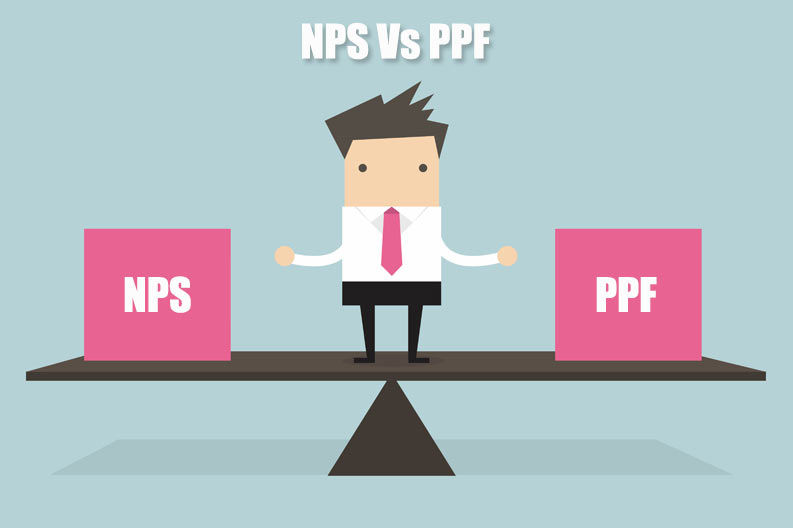Donald Trump and Thinking at the 1st Order
- Prashant Agarwal
- Apr 5, 2018
- 4 min read
How 1st Order thinking creates more problems

We are all familiar with Donald Trump’s ‘Let’s make America great again’ campaign. Over his tenure as the POTUS, he has made tons of decisions in the name of the same campaign, which are widely criticized by journalists all around the world. As a casual reader, I do understand his intent and I see some rationale behind his actions, but I do not believe that those decisions are ideal based on the current economic scenario. He makes a common mistake - ‘Thinking only at the First level’. His recent plan to introduce protective tariffs to help the US’ Steel and aluminum industry with a claim that “Trade wars are good and easy to win” is a prime example of such decision.
To substantiate my claim, I would like to take you through a story and let’s refer it as the ‘U.S. tryst with Protectionism’.
During the WWII, the U.S. was the producer of three quarters of the world's steel. It seemed like the dominance will prevail. However, as the Europe & other countries recovered from the WW2 devastation, they moved to the newer technologies, which were 50% more efficient than what was used by the U.S..
In 1959, when the US Congress heard the alarm bells, they called for a meeting of all the big steel barons. Despite the early alarms, the haughty US Steel barons, responded by saying “We have examined the production capability of other countries; however, we don’t find them anywhere close to the capabilities of the U.S. firms.”
In 1960’s, when they finally realized their mistake, it was too late. The European countries were taking over the world steel trade. The turmoil of the drowning steel economy, allowed for the creation of a new-age steel magnate ‘Kenneth Iverson’ of Nucor steel. Ken introduced the electric arc process of making steel to the US market, building the first American electric arc facility in 1969. Nucor’s business started growing at an exponential rate, competing rather effectively with foreign producers, to say nothing of other American producers.
As other steel producers begged for protectionist policy, Ken Iverson mocked the idea. In an interview in 1986, Iverson noted that protectionist measures can never have the intended effect. He said, “As soon as prices began to rise and the steel companies began to be profitable, they stopped modernizing. It’s only under the intense competitive pressure— both internally from the mini-mills, and externally from the Japanese and the Koreans—that the big steel companies have been forced to modernize.” With Ken Iverson’s leadership in the background, Nucor still dominates the US steel market.
However, with the recent developments, Ken Iverson’s Nucor does not seem to move towards the ‘Happily ever after’. Nucor, now under a different leadership, vigorously applauded Trump’s protective tariffs announcement, claiming it was long overdue. Unapologetically, it has fallen into the US’ Big Ol’ Steel boys’ thinking trap.
Nucor might want to recall the words of Iverson, who died in 2002, when his company was on the way to the top: “Unless you’re under intense competitive pressure and it becomes a question of the survival of the business to do it, you’re just going to lapse back into your old ways. There’s no other answer.”
The moral of the story is, that If Mr. Trump had gone a bit deeper into the issue - or used the Second-order thinking, looking at the examples of trade restrictions by George W. Bush and Barack Obama, he would have realized that the ‘Trade restrictions’ end up doing more harm than good. Lightly informed economic adventurism by the US president is not good for the US and it is not good for the world.

What we, as casual readers, can learn from the mistakes of Trump is the understanding the concept of ‘Thinking levels’. Howard Marks, the author of the book ‘The Most Important Thing’, explains the concept as:
First-level thinking is simplistic and superficial, and just about everyone can do it (a bad sign for anything involving an attempt at superiority). A first-level thinker typically uses a surficial opinion about the future to decide. A statement such as “The outlook for the company is favorable, meaning the stock will go up” may seem enough for a first-level thinker.
Second-order thinking is deep and convoluted and attempts to find the source of the information before making a decision. Second-order thinkers take into account a lot of what we put into our decision journals. Things like 1) what are the key variables and how do they interact? 2) where is the leverage? and 3) if I take this action, what happens next?
First-level thinkers look for things that are simple, easy, and defendable. They fail to realize that they are dealing with complex systems, or if they do realize it, they mistake cause-and-effect relationships. They are incapable of thinking in terms of second and subsequent steps. And, more fundamentally, they are generally unaware of the need to think in terms of second steps.
Second-order thinkers, on the other hand, think in terms of interactions, time, and system dynamics. They are aware of iatrogenic (when a treatment causes more harm than benefit) and our bias toward intervention.

First-level thinkers all look alike. They think the same way, and they usually reach the same conclusions. This is where things get interesting. Extraordinary performance comes from being different. It must be that way. Of course, below-average performance comes from being different too—on the downside. But the road to out-think people can't come from the first-order thinking. It must come from the second-order thinking.
So, next time you need to think about something, do one of two things:
First, start digging below the surface of people’s opinions. Ask people why they think what they think.
Second, ask them to take the other side of the argument.
----------------------------------------------------------------------------------------------------------------
I would like to thank @Anirudh Garg & @Sanyam Jain for helping in making the article clear and interesting.
Citation:
Farman Street: https://www.fs.blog/2016/04/second-level-thinking/
Mint: https://www.livemint.com/Opinion/ONdalXOuguePNqVGtOZ5CL/Leading-the-war-against-protectionism.html








Comments